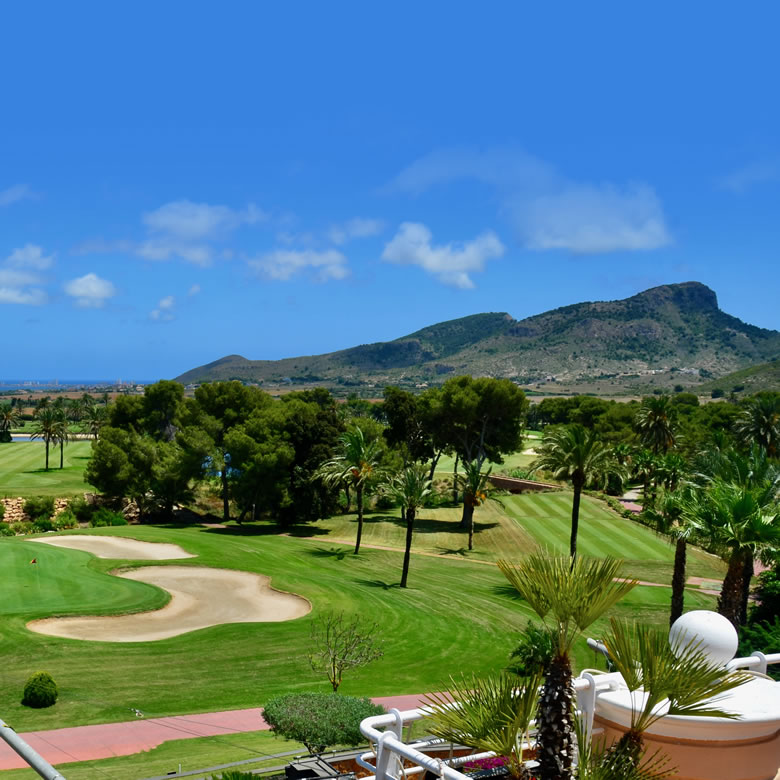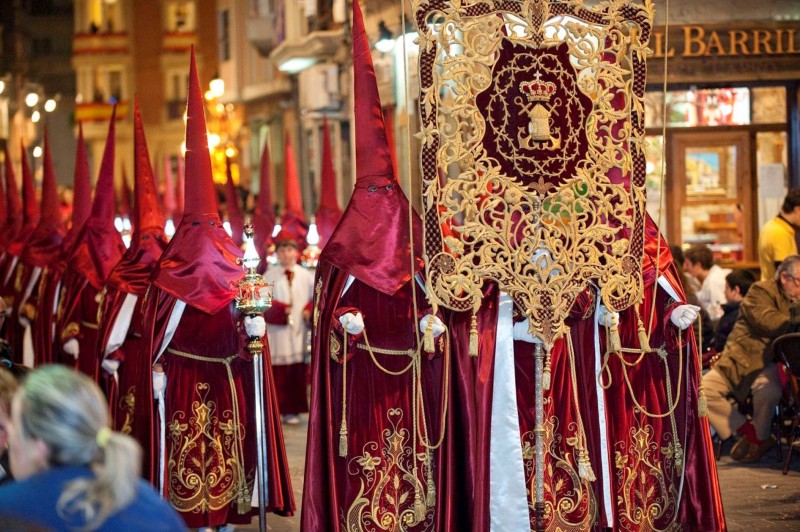Marena Murray Property
About
La Manga Club
- A unique place to live
- La Manga Club communities
- Europe's finest sporting facilities
- Social and dining
- Remote Working



Depicting scenes from the story of the Passion of Christ, the floats are carried on the shoulders of members of the brotherhoods called "costaleros", often accompanied by solemn music from a brass band.
Other members of the brotherhoods accompany the floats wearing long robes with tall, pointed hoods that leave only two small holes for the eyes.
The processions first appeared in the 15th and 16th centuries in Spain, which already had a tradition of biblical theatre depicting the Passion.
While Spain, like most European nations, has grown increasingly secular in recent decades, the parades continue to draw huge crowds of all levels of devotion and all walks of life.
Many of the more famous processions are broadcast live on TV.
The most elaborate and extravagant parades are held in the southern region of Andalusia, particularly in its capital, Seville, and in the northern city of Valladolid.
The Passion Procession held in Valladolid on Good Friday has more than 1,000 participants and dozens of floats.
Typically, the most dramatic and fervent processions take place on Maundy Thursday and Good Friday, when mourners dressed in black lace often join in to mark Christ's death.
On Easter Sunday, when Christ's miraculous resurrection is celebrated, the parades become more jubilant, with more live music.
During the 16th and 17th centuries, Spain exported its Easter parade tradition to its overseas possessions, mainly in Latin America.
Source: ABS-CBN News
Share:
4 October 2025
Read Blog
29 July 2025
Read Blog
3 July 2025
Read Blog
11 May 2025
Read Blog
20 April 2025
Read Blog
5 April 2025
Read Blog